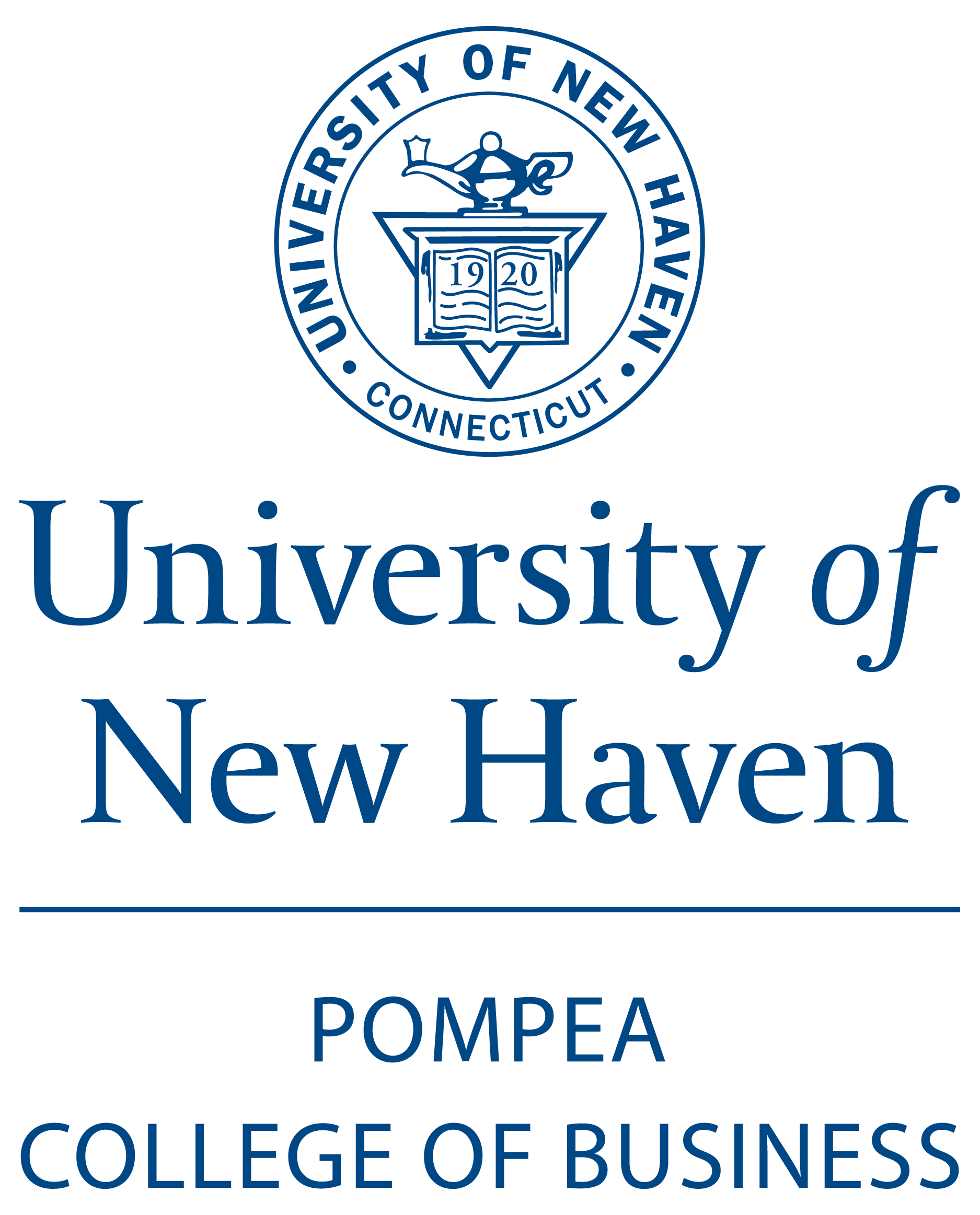Abstract
This paper focuses on the multi-scale spillover and time-varying dependence of Chinese stock market and its important trading partners along the Belt and Road around the COVID-19 crisis. We use multiple methods - the DY (12) and BK (18) connectedness approaches that investigate dynamic and frequency connectedness; the wavelet coherence and the time-varying CoVaR to examine the connection between price lead lags and systemic risk spillovers. Our empirical results show spillovers to be asymmetric, and short-term spillovers dominating. Meanwhile, the level of spillover in the system increased sharply after the COVID-19. In the medium and long-term frequency domains, wavelet coherence reveals strong co-movement between the Chinese market and its major trading partners. We see that the highest level of systematic risk spillovers occurs at the beginning of the COVID-19 outbreak. Finally, the weighting of the Chinese stock market in the effective portfolio rises after the COVID-19 outbreak.
Creative Commons License

This work is licensed under a Creative Commons Attribution-NonCommercial 4.0 International License
Recommended Citation
Zeng, Hongjun and Ahmed, Abdullahi D.
(2024)
"Risk Transmission and Hedging Strategies Between Chinese Stock Market and Major Trading Partners Along the Belt and Road in COVID-19 Scenario,"
American Business Review: Vol. 27:
No.
2, Article 1.
DOI: 10.37625/abr.27.2.372-400
Available at:
https://digitalcommons.newhaven.edu/americanbusinessreview/vol27/iss2/1
DOI
10.37625/abr.27.2.372-400



